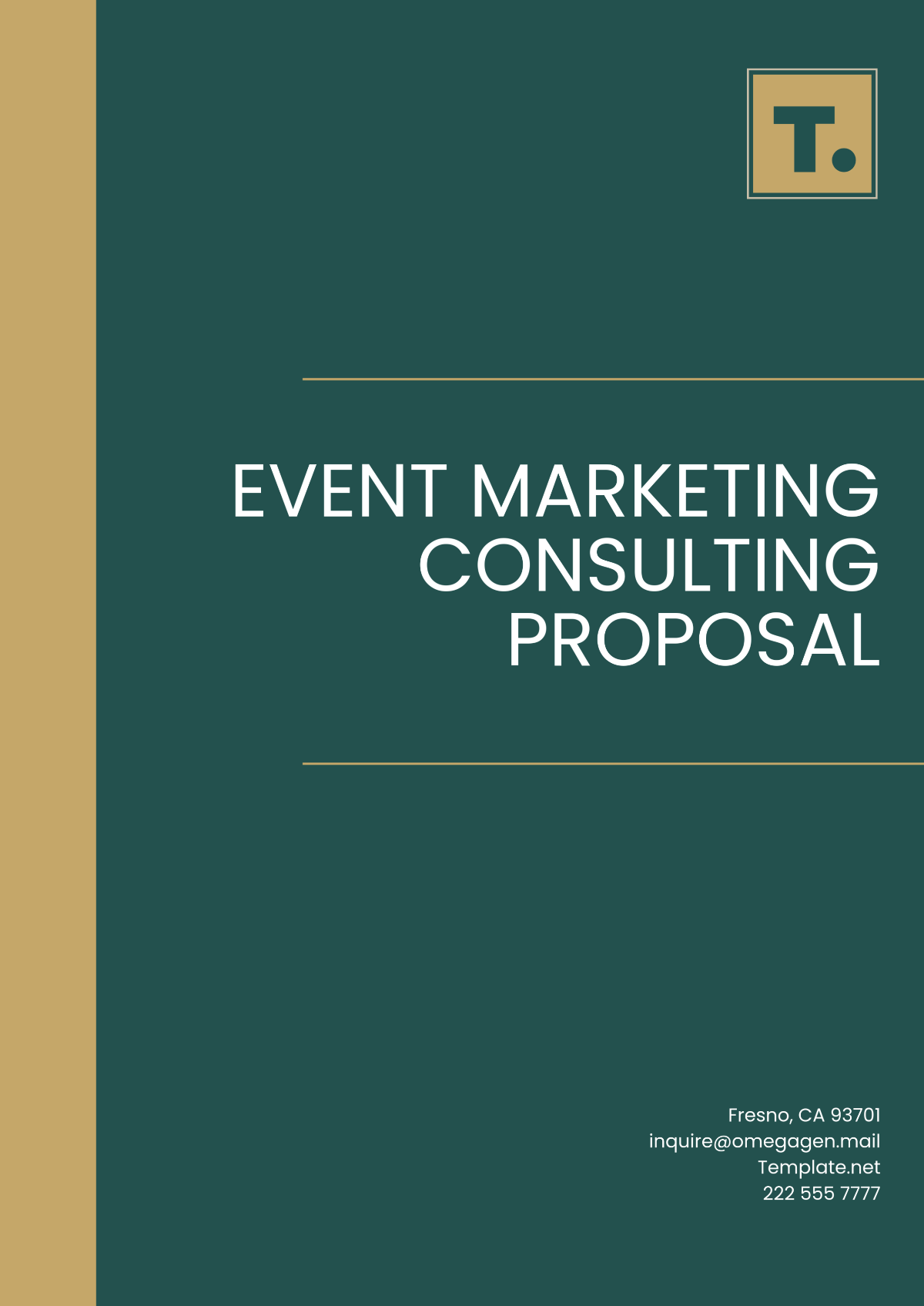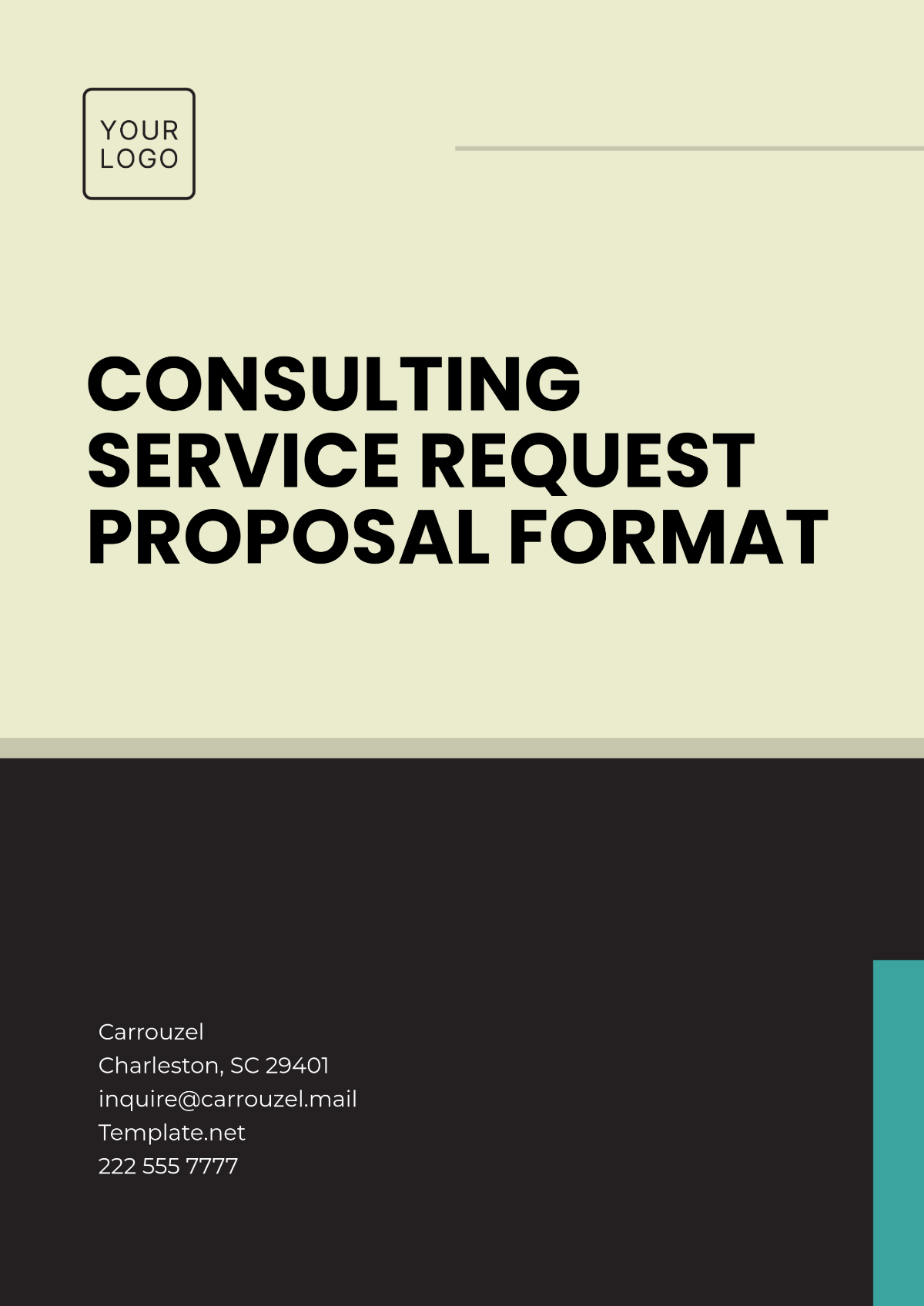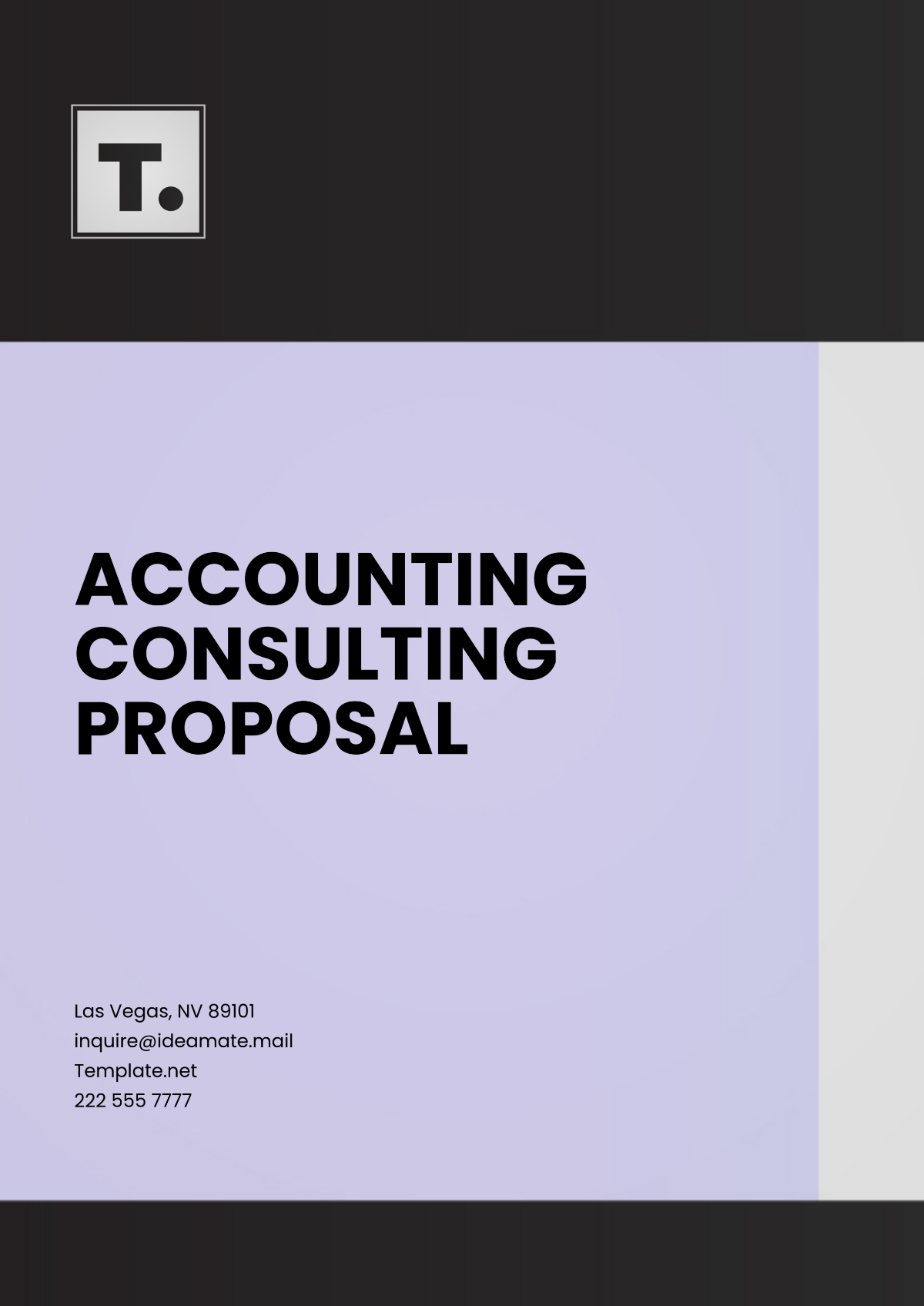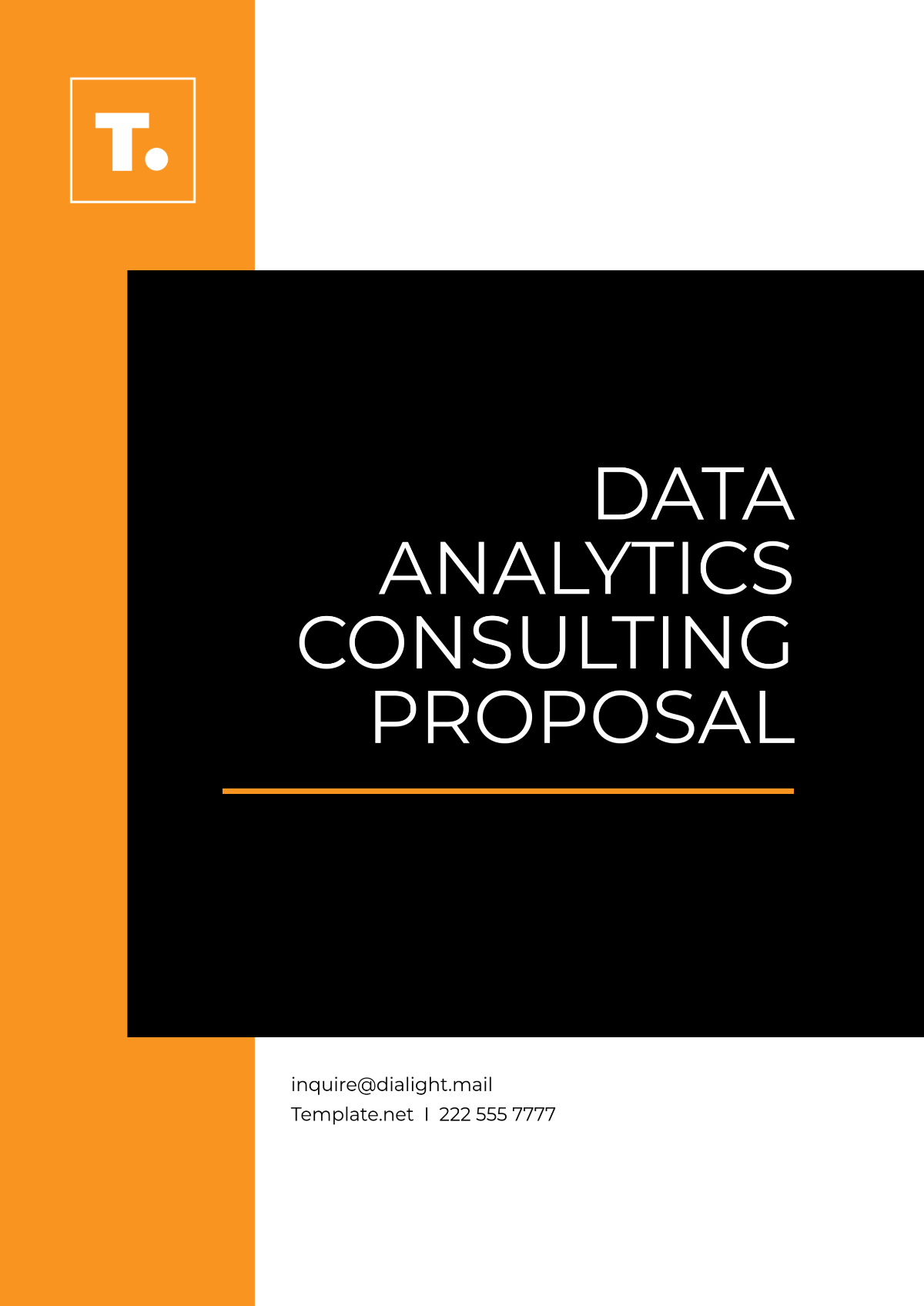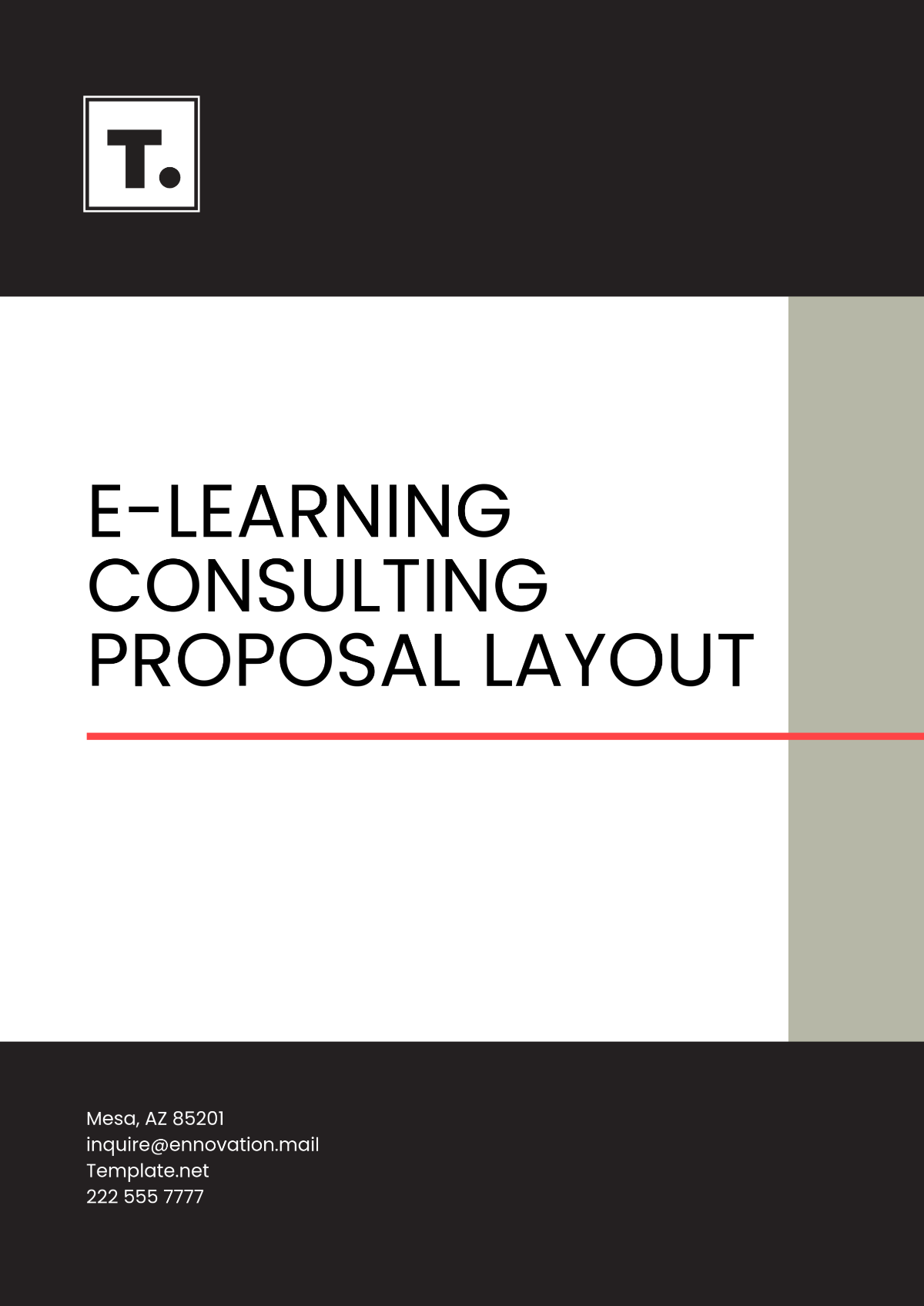E-Learning Consulting Proposal Layout
Prepared By: [Your Company Name]
Date: January 1, 2060
I. Introduction
Instruction: In this section, provide a brief overview of your company’s experience and the purpose of the proposal. Highlight your expertise, key strengths, and the reason for submitting this proposal. Make it clear how your services can benefit the client.
Introduce the consultant or consulting team.
Summarize your experience and capabilities in the e-learning industry.
State the primary goal of the proposal (e.g., enhancing user engagement and educational effectiveness).
II. Project Scope
Define the services you will offer to the client. Break down the areas you will address, and explain the goals of each service. This section outlines the specific actions you will take to achieve the objectives.
Conducting a thorough assessment of the existing e-learning infrastructure: Explain how you will assess the current e-learning setup to identify strengths and areas for improvement.
Designing a customized development plan focusing on content delivery and interactivity: Describe how you will tailor content development and interaction to meet the needs of learners.
Integrating cutting-edge technology solutions to facilitate seamless user experiences: Detail how technology (e.g., Learning Management Systems or other tools) will improve the user experience.
Providing high-quality training and support for technical staff and educators: Outline the training and support services that will empower educators and administrators.
Services Offered
Create a table or list that details the specific services provided and their descriptions.
Service | Description |
|---|---|
III. Methodology
In this section, describe the process and steps you will follow to implement the proposed e-learning solutions. Highlight the methods and frameworks you will use to ensure success.
Initial Discovery: Work with the client to gather information and define their needs.
Design and Prototyping: Create detailed designs and prototypes aligned with the educational goals.
Development and Testing: Follow agile methodologies to develop the solution, including testing to ensure quality and scalability.
Deployment and Evaluation: Roll out the solution, monitor its performance, and make adjustments based on feedback and evaluation.
IV. Timeline
Provide a timeline that breaks down the project into phases and milestones. This helps the client understand the project’s duration and key deliverables.
Q1 2060: Needs Assessment and Planning
Q2 2060: Design and Development Phase
Q4 2060: Testing and Quality Assurance
Q1 2061: Full Deployment and Evaluation
Be specific about when each milestone will be completed, and explain how the timeline ensures the project is carried out efficiently.
V. Budget and Pricing
Outline the costs for each service and provide a total estimated cost. This section ensures transparency and sets clear financial expectations.
Service | Cost |
|---|---|
Payment Terms: State whether payments are due at specific project milestones, and clarify any negotiable aspects of the payment structure.
VI. Terms and Conditions
Outline the legal and operational terms that govern the project. This ensures both parties have a clear understanding of expectations and protects both sides legally.
Confidentiality: Ensure the client that all shared information will remain secure.
Intellectual Property: Clarify that the client will retain ownership of the developed content and materials upon completion.
Amendments: Specify the process for making changes to the project’s scope or terms.
VII. Case Studies or Testimonials
Provide examples of your past successes and client satisfaction. This builds credibility and shows potential clients the tangible benefits you’ve delivered in similar projects.
[Client 1]: Increased course completion rates by 30% through improved training modules.
[Client 2]: Successfully integrated a new LMS, increasing user engagement by 50%.
VIII. Conclusion
In this final section, summarize the proposal and encourage the client to take the next step. Reaffirm your confidence in delivering a successful project and provide clear instructions on how to proceed.
Express your confidence in the proposal’s potential impact on the client’s e-learning platform.
Include a call to action, urging the client to contact you to move forward with the project.





